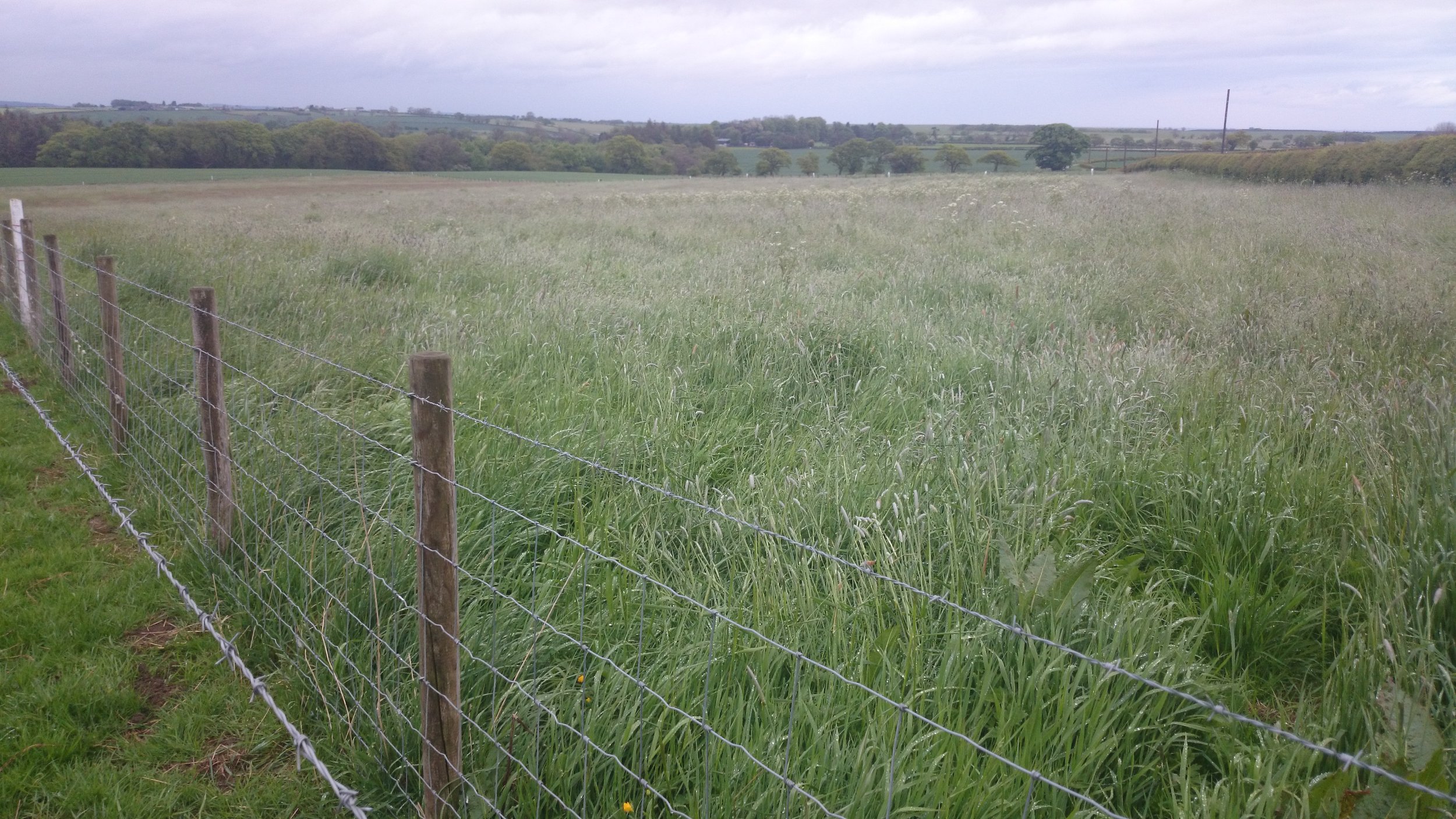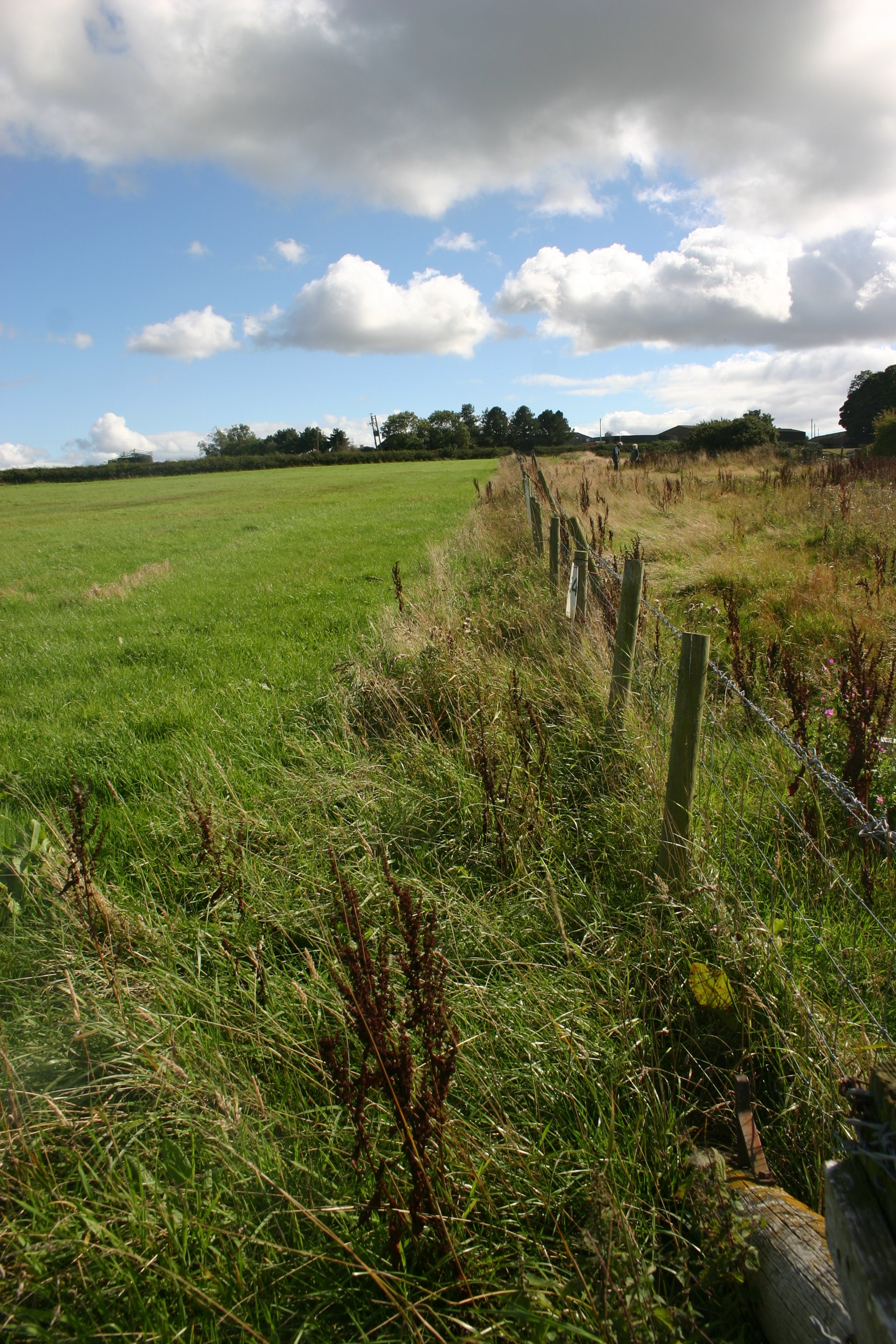England
ECT Media
Podcast with Simon Peacock
OVERVIEW
The original aim of the experiment was to improve old grassland at low cost and without re-sowing. The experiment used a combination lime, fertiliser and animal manure applications to test the most efficient methods of increasing yields and regrowth, as well as improving the nutritional value of the hay.
Subsequent research has included investigations into soil microbiology and nutrient cycling, as well as studies of botanical composition and the effects of changing climate.
DESIGN
The field was divided into a series of plots. Currently there are 14 plots and a control. Plots were treated with a range of materials and application rates according to best practice in 1896, explaining why the nitrogen fertilisers are ammonium sulphate and sodium nitrate.
Five plots receive farmyard manure, either with or without fertiliser, eight plots form a 2x3 factorial of all combinations of plus/minus nitrogen, phosphorus and potassium fertilisers. The 14th plot (established in 1976) receives inputs of nitrogen, phosphorus and potassium comparable with that of one of the plots treated with farmyard manure.
For further information, visit the Palace Leas website.













































